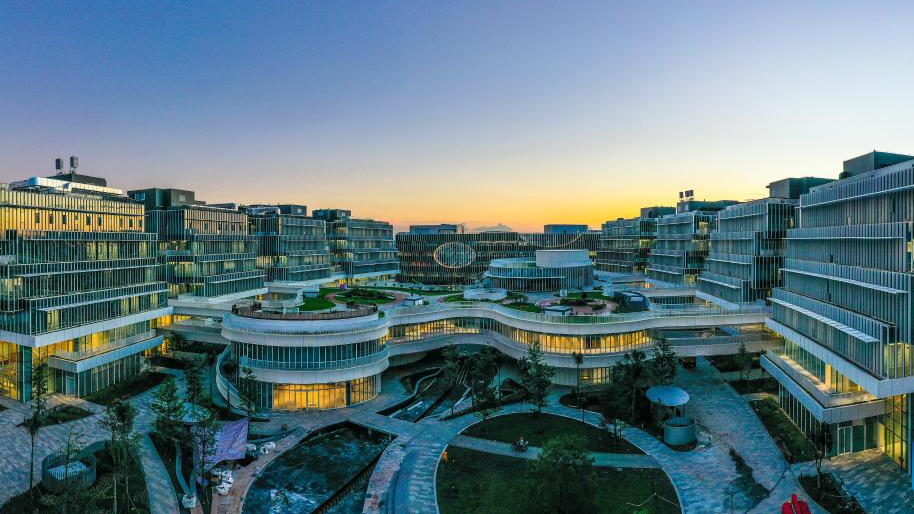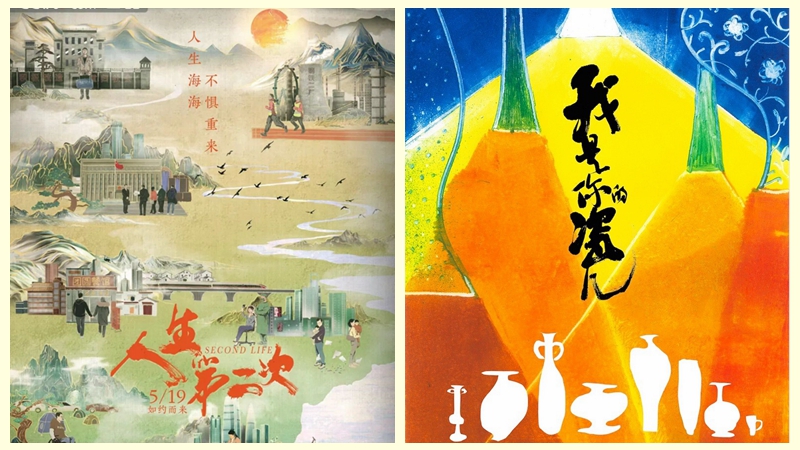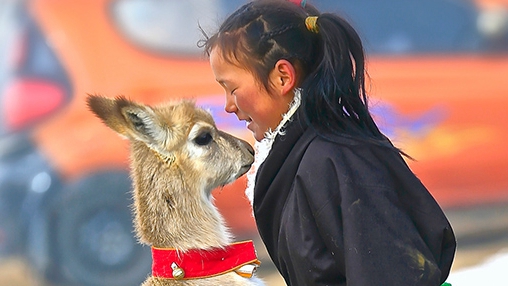Rallying national support for Tibet testifies to China's institutional strengths
LHASA, Aug. 18 (Xinhua) -- China's unswerving drive to rally national support for the Tibet Autonomous Region has helped transform a once poor, backward old Tibet into a new Tibet featuring economic prosperity and happiness of its people over the 71 years since the region's peaceful liberation in 1951.
The feat can only be achieved in China under the leadership of the Communist Party of China (CPC), demonstrating the country's political and institutional advantages.
Mountain-locked Tibet had long suffered from poverty due to its high altitude, harsh environment, poor transportation and lack of resources.
Before the 1950s, agriculture in this plateau region remained primitive. Wooden tools were widely used, and the average yield was only four or five times that of seeds sown -- not much different from hundreds of years ago. Most of the food, clothing and supplies were made by hand by individuals or manors.
With a view to helping Tibet shake off poverty, China has leveraged its institutional strength of mobilizing resources for major undertakings, pooling nationwide strengths to support the development of Tibet.
Since the 1950s, the central government has adopted a series of preferential policies and amassed substantial financial and material resources as well as manpower to help Tibet develop.
Assistance from other provincial-level regions began in the 1960s. Goods for work and daily life such as grain from Xinjiang, tea from Fujian, fine breeds of livestock from Sichuan, and blankets from Shanghai were provided to meet the needs of the people in Tibet.
Since 1980, seven national symposiums have been held on the work in Tibet, formulating integrated blueprints for Tibet's development.
In 1994, at the third national symposium on work in Tibet, the central government made a major decision of rallying national support for Tibet. Under the policy of pairing-up assistance for Tibet, some central state organs, provincial-level regions, and centrally-administered state-owned enterprises were designated to provide assistance to specific areas of Tibet.
For example, Beijing and Jiangsu Province have been providing pairing-up assistance to Lhasa, the capital city of Tibet. Shanghai, along with Shandong, Jilin and Heilongjiang provinces, China Baowu Steel Group and chemical firm Sinochem Group have been pairing up with Xigaze, the second-largest city in Tibet.
After the fifth national symposium on work in Tibet in 2010, the central government decided that 17 provincial-level regions involved in the assistance policy should provide Tibet with 0.1 percent of their yearly fiscal revenues as aid funds, thus establishing a mechanism to ensure a steady growth in such aiding funds.
The pairing-up assistance program has contributed to the country's efforts in pursuing common prosperity. The leadership of the CPC provides a solid political guarantee for the mechanism, making it an emblem of China's people-centered development philosophy.
Under the policy of pairing-up assistance for Tibet, 52.7 billion yuan (about 7.77 billion U.S. dollars) was injected into Tibet through 6,330 projects between 1994 and 2020. Meanwhile, more than 9,600 cadres were also selected and dispatched to work in the region.
Vigorous national support for Tibet has contributed to Tibet's leapfrog development over the past several decades and helped this autonomous region eradicate absolute poverty at the end of 2019. Hunger and poverty have since become a thing of the past.
Tibet was a contiguous poor area with the highest incidence and most severe level of poverty, where the cost of poverty eradication was highest and the difficulty greatest.
After the 18th National Congress of the CPC in 2012, the Party convened each year a conference dedicated to anti-poverty efforts in Tibet for five successive years. More measures were rolled out, including a campaign under which more centrally-administered state-owned enterprises were asked to assist Tibet in achieving prosperity.
Regional gross domestic product (GDP) in Tibet ballooned to 208 billion yuan in 2021 from 129 million yuan in 1951. People are seeing fatter wallets, with rural residents' per capita disposable income maintaining double-digit growth for 19 consecutive years.
Average life expectancy in Tibet has increased from a mere 35.5 years in 1951 to 72.19 years in 2021. Tibet is the first provincial-level region in China to provide 15 years of publicly funded education, from kindergartens to senior high schools.
Photos
Related Stories
Copyright © 2022 People's Daily Online. All Rights Reserved.









